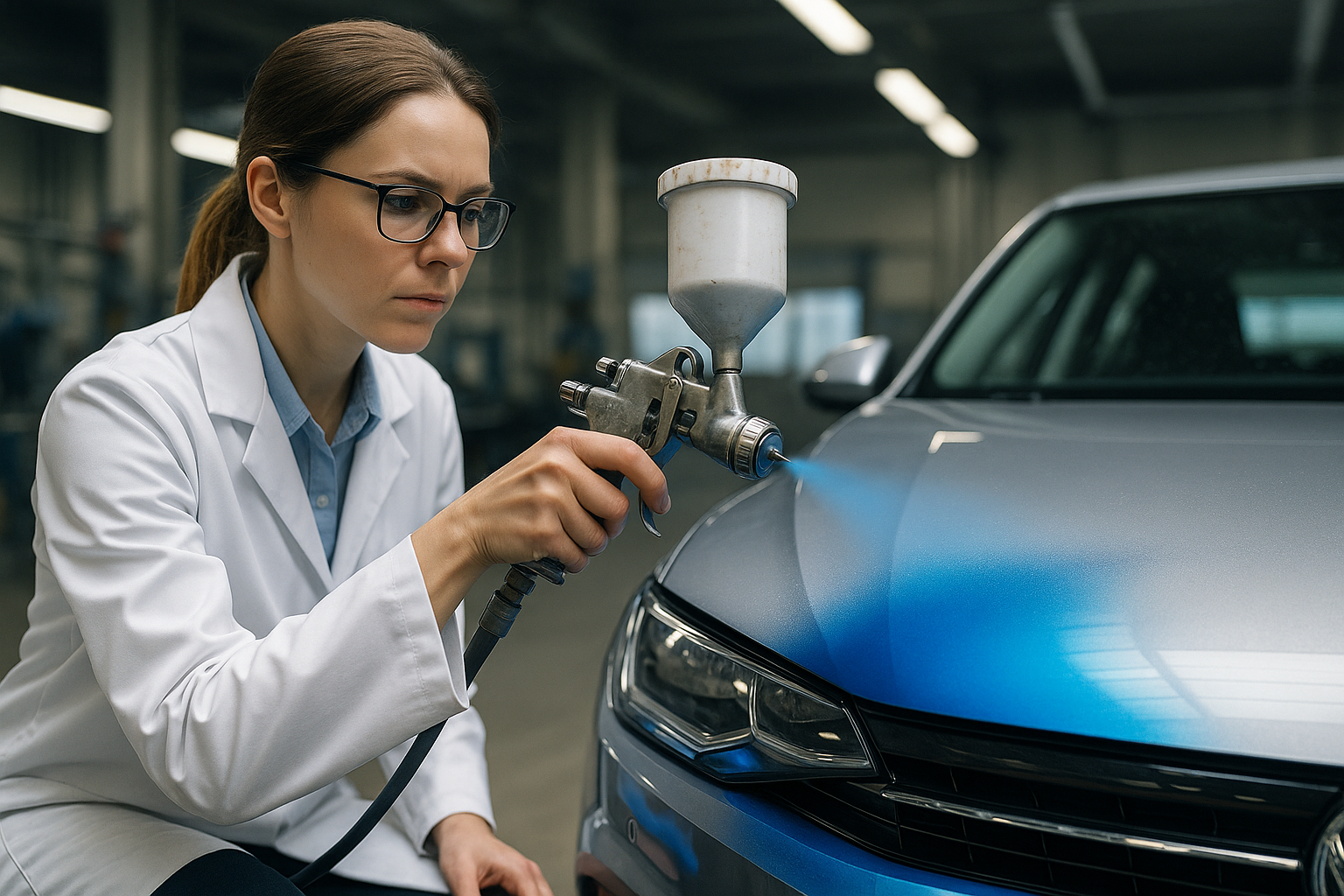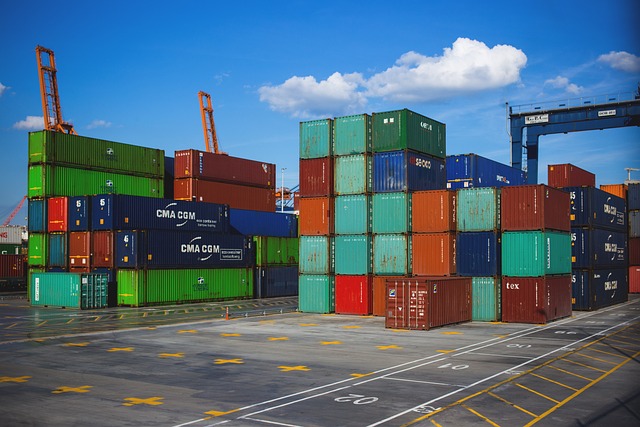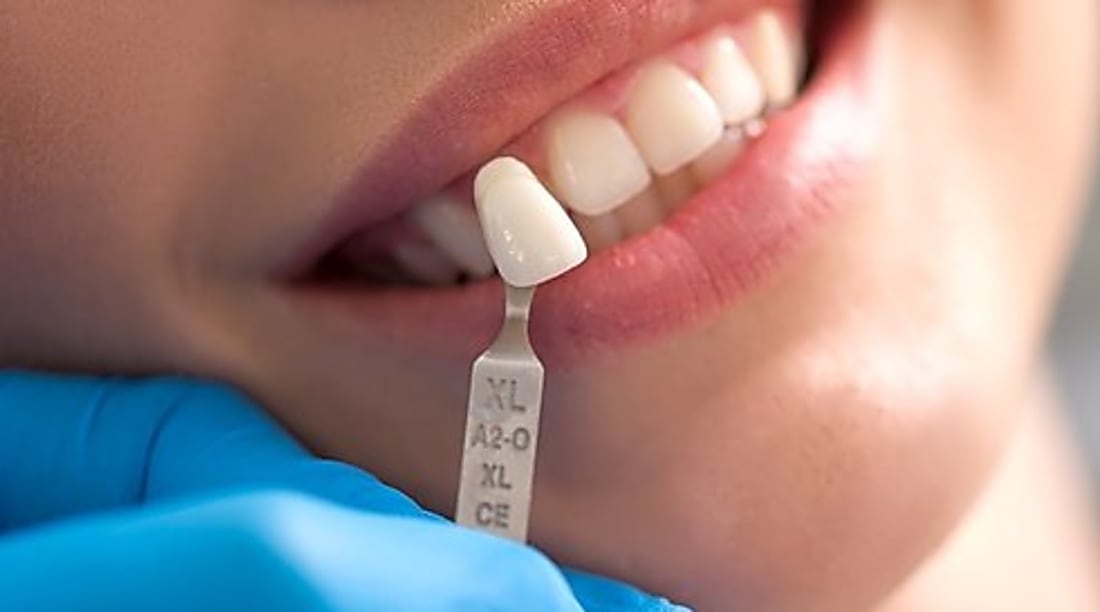Understanding Car Body Shops and Professional Auto Repair Services
Car body shops provide essential automotive repair services that restore vehicles after accidents, collisions, or general wear and tear. These specialized facilities combine technical expertise with advanced equipment to repair dents, scratches, paint damage, and structural issues. Professional body shops employ skilled technicians who understand vehicle construction, paint systems, and safety standards to ensure your car returns to its original condition or better.

When your vehicle suffers damage from an accident, weather, or everyday use, professional auto body repair becomes essential for both safety and aesthetics. These specialized facilities offer comprehensive solutions that go far beyond simple cosmetic fixes, addressing structural integrity and ensuring your vehicle meets safety standards.
What Services Do Body Shops Provide
Automotive repair facilities offer a wide range of services designed to restore vehicles to their pre-damage condition. Collision repair forms the core of most operations, involving frame straightening, panel replacement, and structural welding. Paint services include color matching, primer application, and protective clear coat finishing. Many facilities also handle glass replacement, bumper repair, and interior restoration work.
Modern facilities use computerized paint matching systems and environmental spray booths to ensure professional results. Advanced diagnostic equipment helps technicians identify hidden damage that might not be immediately visible, particularly in newer vehicles with complex electronic systems.
Choosing the Right Test Shop for Your Needs
Selecting an appropriate repair facility requires careful consideration of several factors. Insurance network participation often influences cost and convenience, as approved shops typically handle paperwork directly with insurance companies. Certification from organizations like I-CAR (Inter-Industry Conference on Auto Collision Repair) indicates technicians have received proper training on current repair techniques.
Reputation within the local community provides valuable insight into service quality. Online reviews, Better Business Bureau ratings, and recommendations from insurance adjusters can help identify reliable providers. Warranty coverage on repairs also varies significantly between facilities, with some offering lifetime guarantees on specific services.
Understanding the Body Repair Process
Professional auto restoration follows a systematic approach that begins with damage assessment and estimate preparation. Technicians document all visible and potential hidden damage, creating detailed repair plans that comply with manufacturer specifications. Parts ordering and insurance approval typically follow before actual repair work begins.
The repair process itself varies depending on damage severity. Minor repairs might involve paintless dent removal or spot painting, while major collision damage requires frame alignment, panel replacement, and complete refinishing. Quality facilities use original equipment manufacturer (OEM) or certified aftermarket parts to maintain vehicle integrity.
Cost Considerations and Pricing Structure
Repair costs vary significantly based on damage extent, vehicle type, and geographic location. Minor scratches and small dents typically range from $200 to $800, while moderate collision damage often costs between $1,500 and $4,000. Major structural repairs can exceed $8,000, particularly for luxury or newer vehicles with advanced safety systems.
| Service Type | Cost Range | Typical Timeline |
|---|---|---|
| Minor scratch repair | $200-$600 | 1-2 days |
| Dent removal | $150-$500 | Same day-1 day |
| Panel replacement | $800-$2,500 | 3-5 days |
| Frame straightening | $2,000-$6,000 | 5-10 days |
| Complete paint job | $3,000-$8,000 | 7-14 days |
Prices, rates, or cost estimates mentioned in this article are based on the latest available information but may change over time. Independent research is advised before making financial decisions.
Insurance Claims and Documentation
Navigating insurance claims requires understanding your policy coverage and deductible structure. Comprehensive coverage typically handles weather damage, vandalism, and theft-related repairs, while collision coverage addresses accident damage. Some policies include rental car provisions during repair periods.
Proper documentation proves crucial for claim approval. Photographs of damage from multiple angles, police reports for accidents, and detailed repair estimates help support your claim. Many insurance companies now use mobile apps for initial damage assessment, streamlining the claims process.
Quality Standards and Warranty Protection
Reputable repair facilities maintain strict quality standards throughout the restoration process. Color matching accuracy, paint adhesion, and structural integrity all contribute to long-term satisfaction. Professional shops typically guarantee their work for specific periods, with some offering lifetime warranties on certain repairs.
Post-repair inspections ensure all work meets industry standards before vehicle delivery. This includes checking paint finish quality, verifying proper panel alignment, and testing all replaced components. Documentation of completed work provides valuable records for future reference or resale purposes.
Understanding automotive body repair helps vehicle owners make informed decisions when damage occurs. Professional restoration not only maintains vehicle appearance but ensures continued safety and reliability. Choosing qualified technicians and reputable facilities protects your investment while providing peace of mind on the road.




